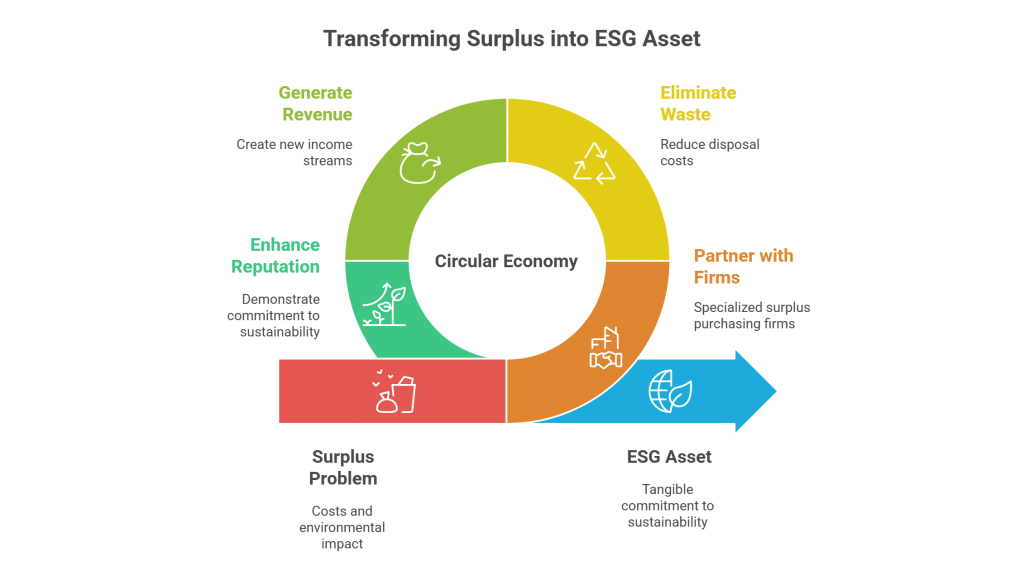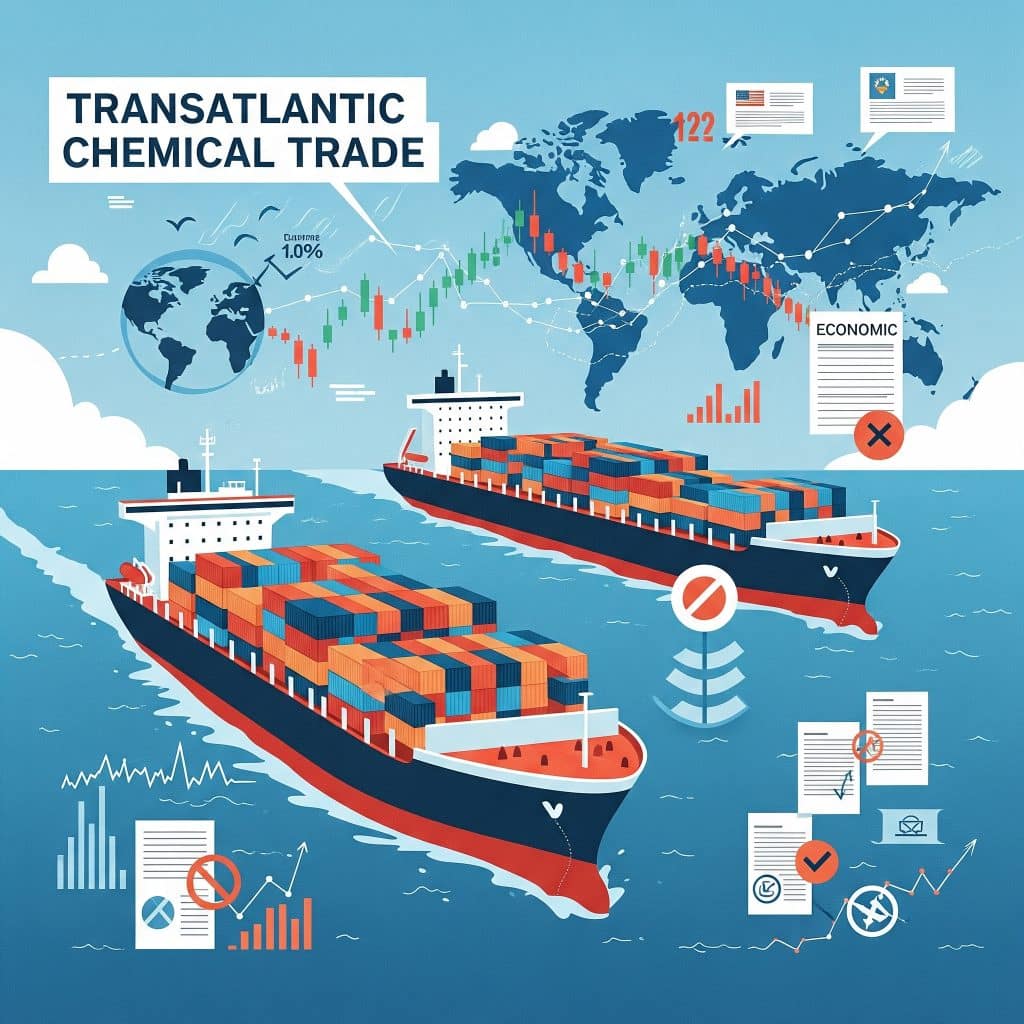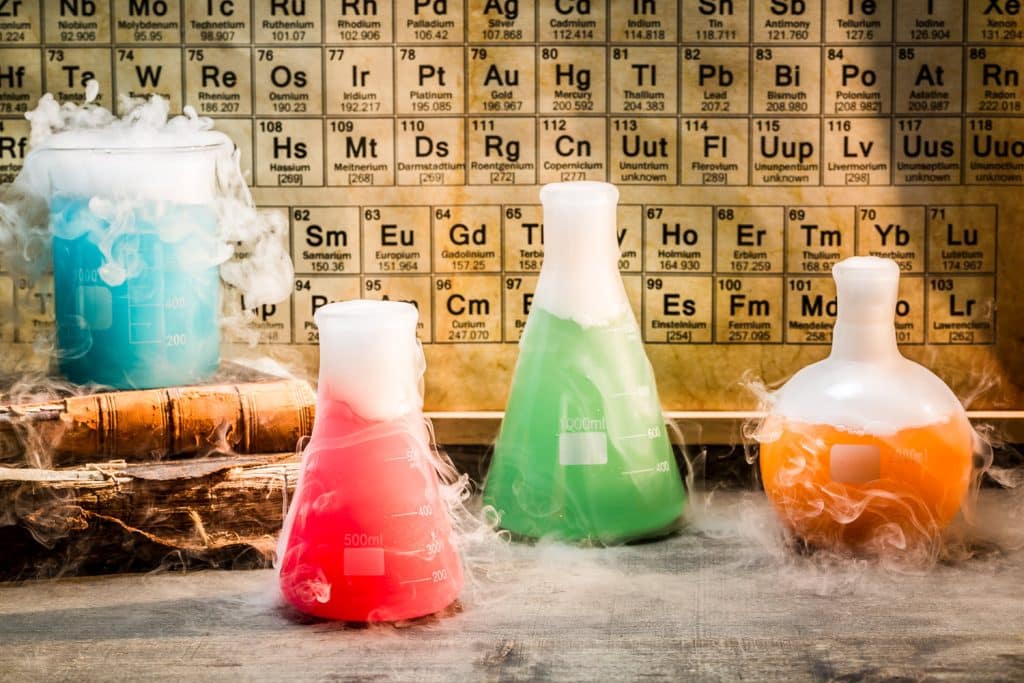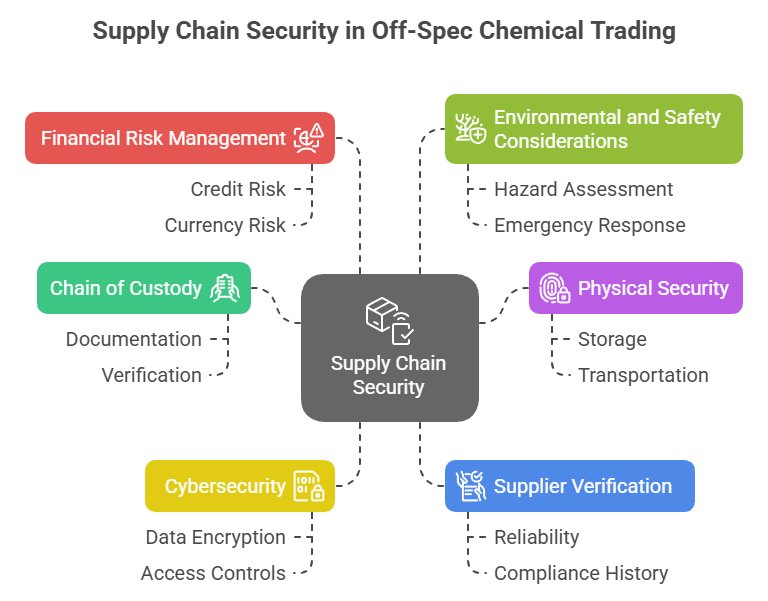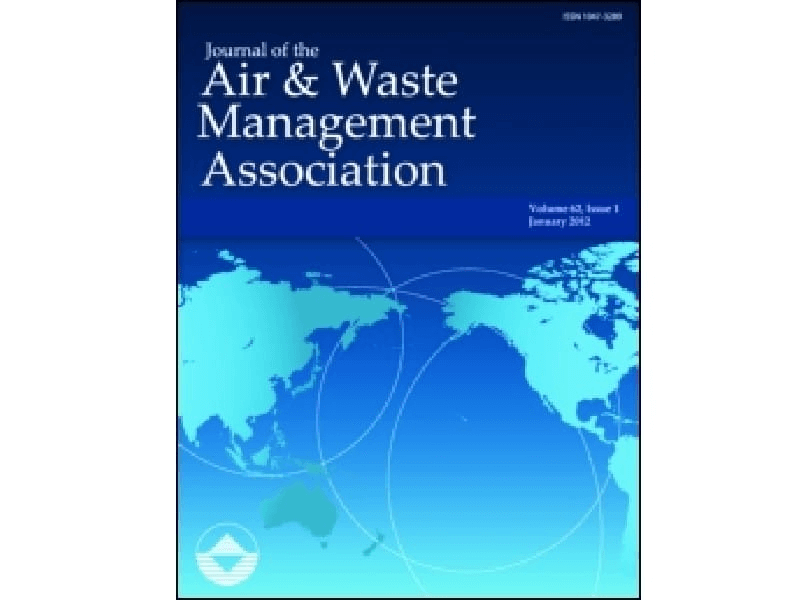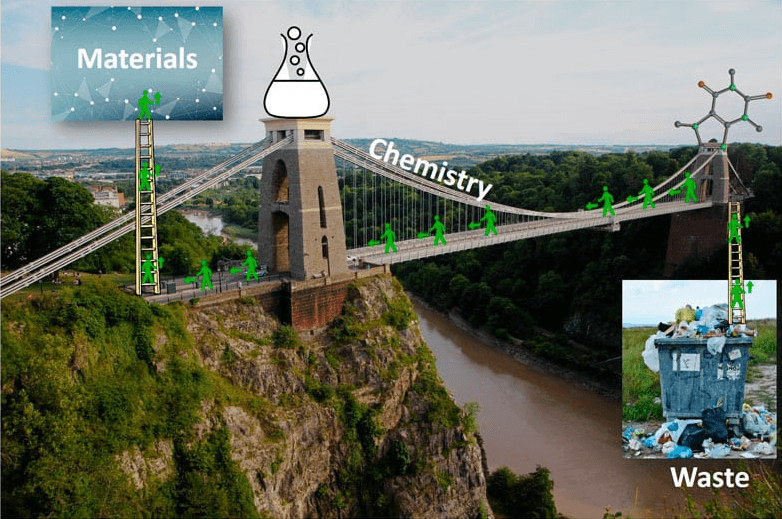Unlock the Value of Surplus Malic Acid in Food & Cosmetics
Malic Acid is a specialty chemical widely recognized for its role in enhancing flavors and improving skin care formulations. As a naturally occurring organic compound found in fruits like apples, it also has a synthetic counterpart that ensures high purity and consistency. Excess inventory of this chemical offers a unique opportunity for companies to reclaim value rather than face storage and disposal costs.
Surplus Malic Acid Trading for the Food & Cosmetics Sector – Optimize Your Inventory
Buying and selling surplus Malic Acid is not just about clearing excess stock; it’s a strategic move. Sellers can convert unused inventory into immediate revenue while bypassing expensive waste management protocols and strict regulatory mandates. Buyers benefit from cost-effective sourcing and sustainability credentials, allowing them to secure high-quality chemical supplies at a competitive price. This dynamic approach fosters operational efficiency and supports environmental stewardship.
Malic Acid in the Food & Cosmetics Industry
Buyers benefit from acquiring Malic Acid at reduced prices, ensuring consistency in product quality while also achieving sustainability goals. Reduced procurement costs, reliable supply continuity, and the opportunity to source locally recycled chemicals enhance overall production efficiency.
Sellers can convert surplus inventory into measurable financial returns, alleviate storage burdens, and minimize disposal expenses. This not only improves cash flow but also demonstrates a commitment to environmental sustainability by repurposing excess resources.
Table of Contents
Turning Surplus into Profit: A Malic Acid Success Story
A mid-sized food processing company recently faced challenges with surplus malic acid inventory due to overproduction. Instead of incurring high disposal costs, the company opted to sell the excess through a specialized surplus trading platform. This strategic move not only freed up valuable storage space but also generated a significant revenue boost. The fresh capital was reinvested into R&D, leading to innovative product development in both food and cosmetic lines. As a result, the company enhanced its sustainability profile while improving operational efficiency across its supply chain.




